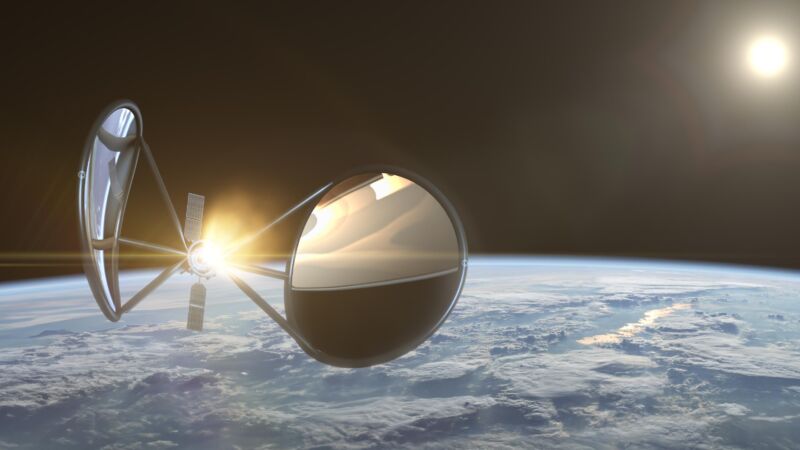New space company seeks to solve orbital mobility with high delta-v spacecraft

Enlarge / What a Supernova spacecraft might look like in orbit. (credit: Portal Space Systems)
Over the course of the last seven decades, the vast majority of satellites have launched into orbit with propulsion mostly as an afterthought. That's not to say having thrusters is not important, but once the vehicle reached its intended orbit, the on-board propulsion was used mainly for station keeping and small maneuvers.
One of the truisms about spaceflight, in fact, has been that a vehicle isn't going anywhere after it reaches a particular orbit. That's because the energy needed to make significant changes in one's orbit around Earth is very high.
In space today, the current choices of on-orbit maneuverability are not optimal. There are conventional rocket-powered thrusters that require an extraordinary amount of propellant to move around. There are ion thrusters, which are significantly more fuel-efficient, but cannot make changes quickly. And that's really about it.